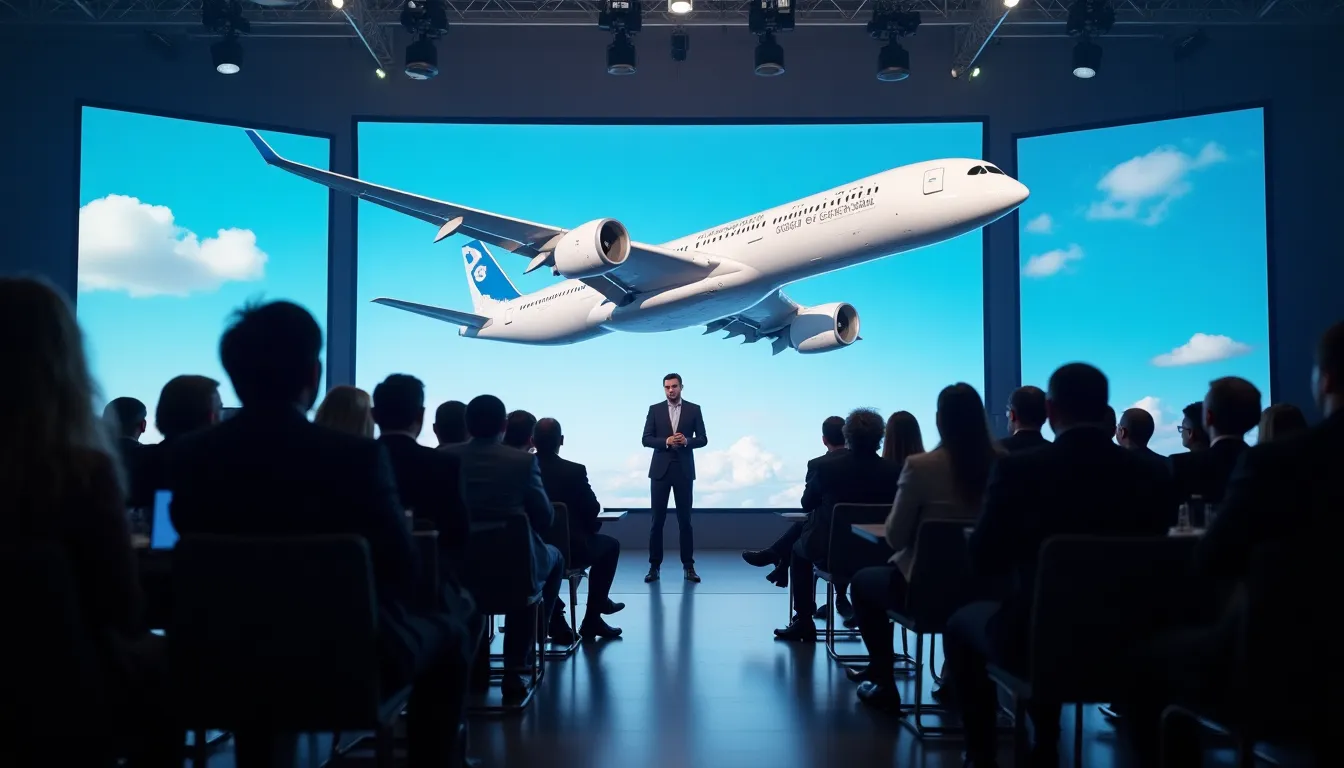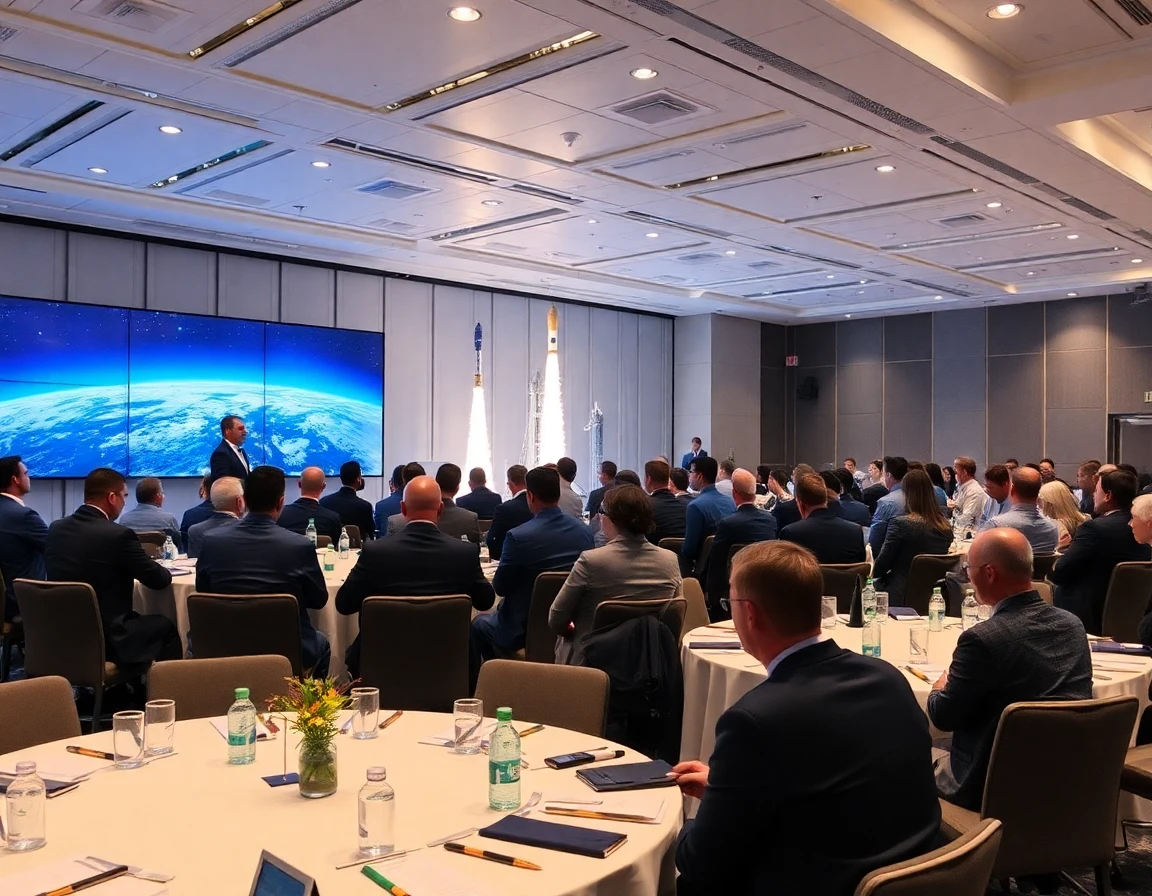The world of aerospace engineering is rapidly evolving, and educational initiatives like the 2025-2026 DWU High School Engineering Challenge play a crucial role in inspiring the next generation of engineers. This year, participants are tasked with designing innovative aircraft, pushing the boundaries of technology and engineering principles.
The Challenge Overview
The DWU High School Engineering Challenge invites students from across the country to engage in a hands-on project that emphasizes teamwork, creativity, and technical skills. Participants will work in groups to conceptualize and prototype an aircraft, addressing challenges such as aerodynamics, propulsion systems, and navigation.
Importance of Precision Engineering
Aircraft design requires an intricate understanding of various engineering disciplines. As students embark on their projects, they will learn about essential components that contribute to the functionality and safety of an aircraft. Key areas of focus include:
- Aerodynamics: Understanding airflow and its impact on aircraft performance.
- Propulsion Systems: Exploring energy sources and thrust generation.
- Navigation Systems: Implementing advanced technologies to ensure precise flight paths.
To achieve accurate navigation in their designs, students can leverage advanced high-precision navigation systems. These systems utilize fiber optic sensing technology to provide exceptional stability and accuracy, which is critical for both educational projects and real-world applications.
Technical Insights into Aircraft Engineering
Aerodynamics and Design
The shape and structure of an aircraft significantly influence its flight capabilities. Students will explore various design principles that affect lift, drag, and stability. By applying computational fluid dynamics (CFD) simulations, they can analyze airflow patterns and optimize their designs accordingly.
Propulsion Technologies
Understanding propulsion is vital for any aircraft. Participants will examine different propulsion methods, including traditional jet engines and emerging electric propulsion systems. The shift towards more sustainable technologies is particularly relevant in today’s aerospace context, with an increasing focus on reducing carbon footprints.
Advanced Navigation Systems
Effective navigation is paramount for flight safety and efficiency. The incorporation of high-precision navigation systems in their projects will allow students to gain hands-on experience with technologies that are fundamental to modern aviation. These systems enhance the accuracy of flight paths, making them essential for the future of aircraft design.
Expert Perspectives on the Challenge
Industry experts emphasize the importance of such challenges in developing practical skills among students. “Engaging young minds in real-world engineering problems prepares them for careers in aerospace and related fields,” says Dr. Emily Carter, a professor of aerospace engineering at a leading university. “The DWU Challenge not only teaches technical skills but also fosters creativity and critical thinking.”
Future Developments in Aircraft Technology
As students participate in the DWU High School Engineering Challenge, they are not just learning about current technologies; they are also exploring future trends in the aerospace industry. The integration of artificial intelligence (AI) in flight systems, improvements in materials science for lighter and stronger aircraft, and advancements in thermal management systems are all areas ripe for exploration.
Conclusion: Inspiring Innovation
The DWU High School Engineering Challenge is more than just an educational initiative; it is a platform that empowers students to innovate and think critically about the future of aviation. By engaging with complex engineering concepts and utilizing advanced technologies like high-precision navigation systems, students are well-equipped to become the engineers of tomorrow.
As the aerospace industry continues to evolve, so too will the opportunities for young engineers to make impactful contributions. The skills and knowledge gained through challenges like this are vital for shaping a sustainable and innovative future in aviation.
References
-
aircraft Research - defensenews.com (defensenews.com)
-
aircraft Research - aviationweek.com (aviationweek.com)
-
aircraft Research - spacenews.com (spacenews.com)



